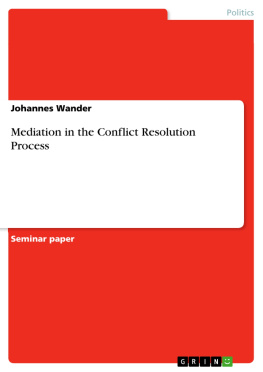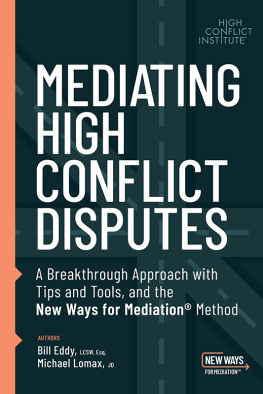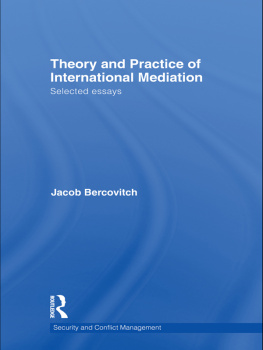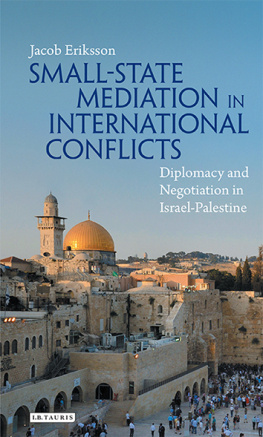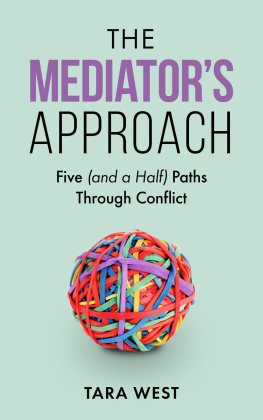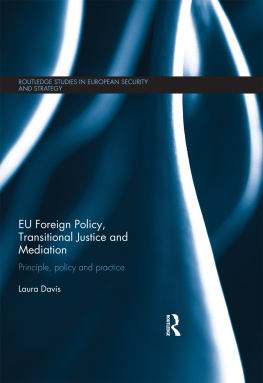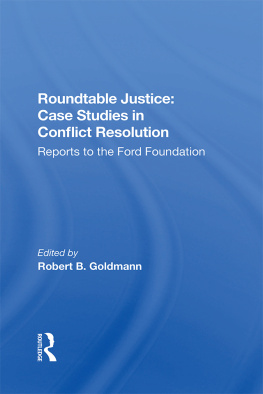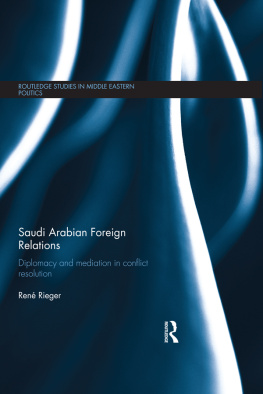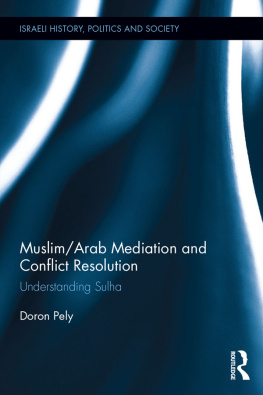1. Intro
Mediation is the first step towards many conflict resolution processes. Yet, key aspects on the circumstances of mediation processes and the role of the mediator herself are still disputed.
This paper seeks to examine the role of mediation within the field of conflict resolution and its implications on durable peace. Furthermore, mediation will be put in relation to the spoiler concept and deriving consequences are discussed.
The role of mediation is described very differently throughout the literature, depending on the focus of analysis and pre-assumptions on what mediation is, how it works, and what the ultimate goals are. On the one hand, we see scholars framing mediation entirely as a conflict resolution enterprise, whereas others understand mediation as a tool for conflict management and transformation. Research on different levels of mediation like the international states sphere, the intra-state environment, or local mediation has elevated different findings on when mediation is successful and when it is not.
Therefore, it will be clarified in the first place what understandings of mediation we face in research and how these interpretations relate to each other. In a next step, it will be discussed why mediation is important and what theoretical problems are met by the tool. Afterwards, the paper will focus on the conditions of mediation and their positive and negative effects on the process of conflict resolution. Finally, the spoiler concept will be introduced and compared to mediation.
2. Defining Mediation
To explain why mediation is important, it is first necessary to clarify what mediation is. Most scholars can agree that mediation is a form of third-party intervention, often defined as a voluntary process (Ramsbotham, Miall & Woodhouse, 2011, p. 32). However, discord starts to raise when looking closer on the conflict timeline. When are mediations offered or needed, and what are they aiming for? Some scholars would embed the method of mediation within the concept of conflict transformation and/or management (Lederach, 1995; Bercovitch & Rubin, 1992), whereas others describe mediation as an attempt to conflict resolution (Wallensteen, 2012; Svensson, 2015). Depending on their understanding, they find different arguments and results to support their perspective. Obviously, they study a different object: On the one hand mediation as an effort to put the parties in indirect contact, gain trust and confidence in each other, set agendas, clarify issues, arrange venues, reduce tensions, and explore the interests of either party (Ramsbotham et al., 2011, p. 181). All of these attempts might indirectly lead to or increase the likelihood of a resolution of the conflict, but they do not aim on a peace agreement in the first place. On the other hand, mediation is understood as a synonym for negotiations to stop armed conflict after it broke out, always acting on the maxim to create a ceasefire or a peace agreement. Wallensteen (2012) argues that conflict management and transformation do not address the problem of solving the main incompatibilities between the parties and are rather simple ways of handling a problem (p. 53).
Whereas the first attempt aims on managing the conflict and smooth the way towards negotiations, the latter equals negotiations and mediations, stating that all mediation efforts have follow the aim of resolving the main incompatibilities ideally leading to a peace agreement. As this paper seeks to understand the various practices of mediation, a broader definition is applied to include the most common understandings of mediation in the analysis. Bercovitch & Rubin (1992) established a widely recognized framework stating that:
Mediation is a process of conflict management, related to but distinct from parties own effort, where disputants seek the assistance, or accept an offer of help, from an individual, group, state or organization to change, affect or influence their perceptions or behavior, without resorting to physical force or invoking the authority of the law. (p. 7)
Throughout this paper the focus lies on inter- and intrastate armed conflicts and mediation efforts include attempts on a conflict transformation and management level and are judged by their long-term contribution towards conflict resolution.
3. Mediations Utility
Introductorily, the relevance of mediation will be emphasized, followed by an analysis how the theoretical challenges of the commitment and information problem are reduced by involving a third-party to mediate the conflict.
Wallensteen (2012) understands mediation as a step to negotiating a peace agreement: A third-party enters, acts, coordinates, and leaves the scene (p. 290). Unfortunately, this is only one particular scenario and mediation can include less ambitious attempts like lowering tensions or simply puting parties in a first contact as has been pointed out earlier. In another scenario mediators even have to stay after mediation is over in order to guarantee, implement, or oversee a situation if they promised to do so in the first place. Nevertheless, mediation is the first step on the rocky road towards a settlement and the only peaceful alternative to a (often bloody) victory of one side or a continuation of conflict. Deriving from this scenario, mediation is highly relevant and rightly claims our attention to be researched and considered in order to provide a reliable concept to approach conflicts of any kind.
In fact, Bercovitch (1996) found that two third of all post-Cold War conflicts were mediated compared to a phase between the second World War and 1990, where very few conflicts experienced mediation attempts. As a matter of fact, it is also important to emphasize that most mediation attempts fail in the end and do not provide us with a peace agreement or ceasefire (Ramsbotham et al., 2011, p. 180). Furthermore, Bercovitch & Gartner (2008, p. 33) state that third-party mediated conflicts in the past were less likely to end up in a peace agreement compared to those cases, where parties negotiated directly with the each other, sparing a third-party. However, as Bercovitch & Gartner themselves point out, these findings are likely to be explained by selection bias: Incompatibilities addressed by mediators are likely to be more difficult, but therefore also more likely to fail than incompatibilities that can be addressed by the parties themselves. This leads to another important insight on the nature of mediation: It is often applied when other attempts already failed, opponents committed to fighting rather than talking, and the fronts are hardened.
Here mediation offers a solution by introducing a third-party, that can help to breakout an escalation spiral between two (more) parties (Ramsbotham et al., 2011, p. 21). Presenting a mediating party to the adversaries allows those parties to overcome the commitment problem described by Powell (2006, p. 181). A mediator who enjoys trust of the parties can give credible guarantees to them that an agreed settlement will be implemented. Although either war party might question their counterparts commitment to peace, they can trust guarantees given by the mediator in case they are offered. On the contrary, research on the field of mediating international crises (Wilkenfeld, J., Young, K., Quinn, D. & Asal, V., 2005) states assumptions about mediation that raise doubt if the commitment problem can be overcome by mediation efforts. The authors claim that in order to distinguish a mediator from an arbitrator, mediation has to be non-binding, the mediator may leave the negotiations at any time, and cannot be expected to implement the agreement. These assumptions express the wish for the mediator to be independent from the parties and their incompatibilities. However, this does not necessarily forbid the mediator to make commitments if she wishes to do so in order to gain the parties trust. As Walter (2012, p. 79) found, peace settlement are more likely to be agreed and implemented by the parties if third-party guarantees are given. This leads to the conclusion that a mediator has to balance between acting independent and offering to support belligerents in implementing a peace agreement.

